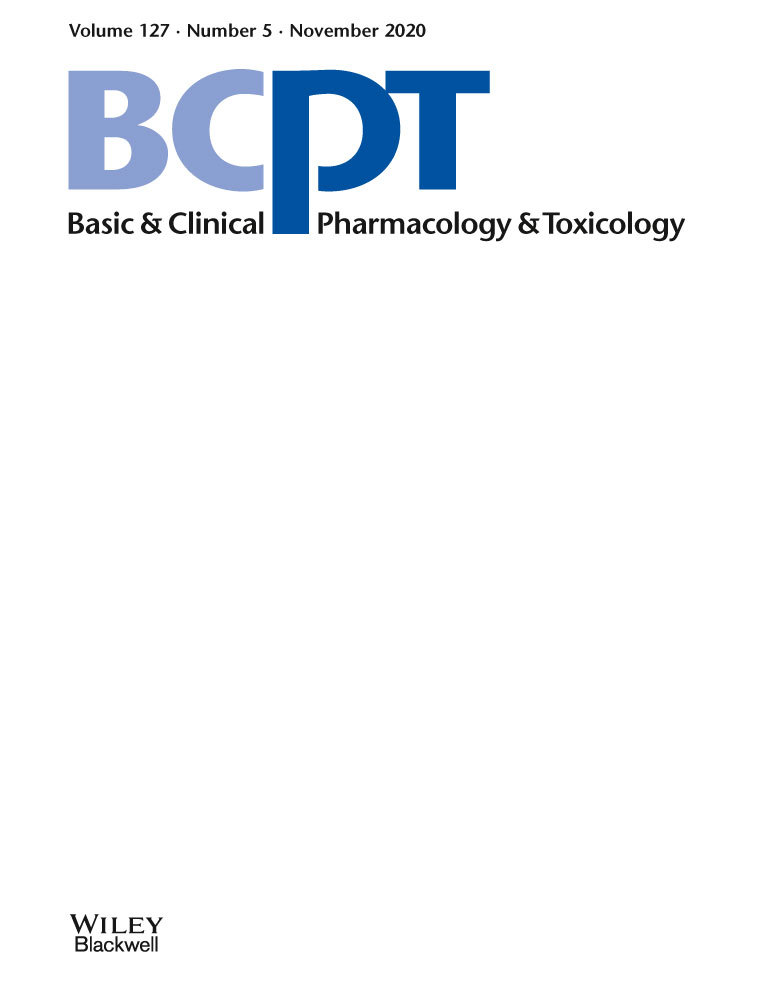Osmium absorption after osmium tetroxide skin and eye exposure
Abstract
Osmium tetroxide is a strong oxidizing agent used in electron microscopy. Eye exposure may cause severe burns, and after inhalation or ingestion damage to the respiratory or gastrointestinal tract occurs. Exposure to osmium and its compounds is extremely rare. We present a case of a 32-year-old female stained by 9 mL of 2% osmium tetroxide in acetone during an accident in the laboratory, with rare dermal and ocular findings. Due to lack of data in toxicological databases and the absence of antidote, the therapy was symptomatic. Osmium was detected in serum 19 hours later (0.22 μg/L) and in urine during the 15-hour collection (three samples—7.05, 1.65 and 8.45 μg/L). In blood serum on admission, after 1 and 2 days after exposure, the levels of iron (28.2, 39.8 and 50.5 μmol/L; reference range 5.8-34.5 μmol/L) and transferrin receptor/ferritine were elevated. To our knowledge, this is the first paper documenting a significant absorption from the skin and potentially from the eye conjunctiva, based on serum and urine analysis. The relationship between increased iron in blood and exposure has not been described yet, and the mechanism remains unknown. The patient is being followed up for the unknown long-term effects.
CONFLICT OF INTEREST
The authors report no conflict of interest. The authors alone are responsible for the content and writing of the manuscript. The patient gave her informed consent and signed agreement with this description of her case.




